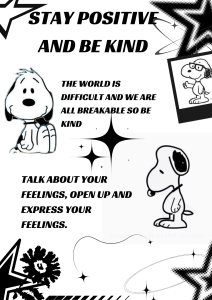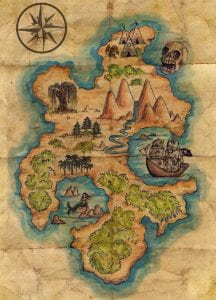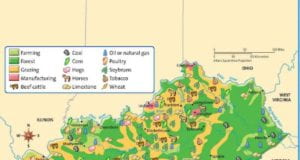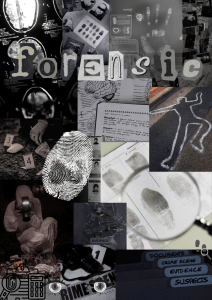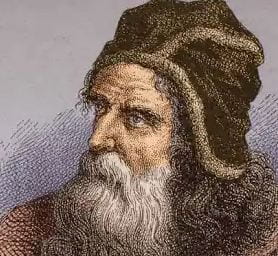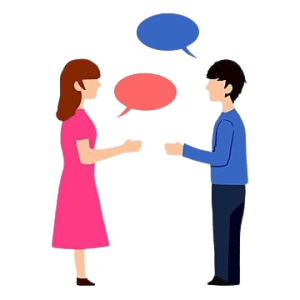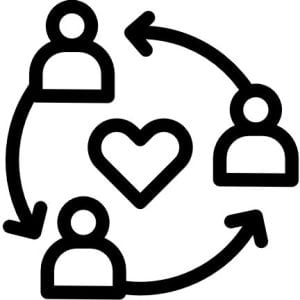Kamusta bloggers, this will be my final dance blog for this term. I will be talking about everything I have learnt this term in dance. I had a wonderful teacher, Mrs.Clark. She has taught us many fun things in dance.
Our first lesson was all about air, feet and hand movements. We watched a video about movements, and people in wheelchairs doing dances. they were controlling their wheelchair and they were even attached to something so they could go up and down. It was very cool to watch and we even had to try and create a dance using air movements. We create our own dance in groups. I was in a group of four with my friends. We got to perform our short dance in front of our class and it was a very fun lesson. 8 minutes before the lesson ends we did a maori kind of dance/haka type of dance. Before we got out of class we had to name a kind of folk dance like tinikling,Itik Itik,ballet, haka, hip-hop and more. Here are some pictures of those dances.

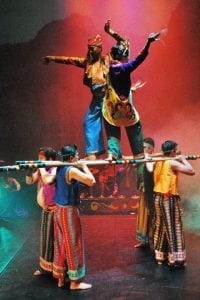

Dance is a way to express yourself with movements that words can’t express. It’s fun and it involves a lot of creativity. It’s also a fun way to exercise.
For our second dance class we were in groups of four. We had to mirror what the leader did. We took turns on being the leader and choosing the steps our group had to mimic. The leader picked different air and feet movements. It was a really fun activity and it was really funny to see what the other groups were doing.
Another topic we had was about showing manaakitanga. Why should we show manaakitanga? Being a good audience includes listening and watching without making a huge noise, and respecting the performers up on the stage. Why should we show respect the performers? We should show them respect because it takes a whole lot of courage to go up on that stage to perform in front of many people. They take their time to practice the steps and show it on stage to entertain everyone.
We also did some dance while sitting down. But i prefer dancing while standing up. I prefer dancing standing up because you can express more with your feet and you can move around more.
Why is there dance in musicals?
Pairing the dance with the music is a fun thing to watch. It’s very entertaining. We got the opportunity to watch a group who performed in show quest to dance in our assembly. It was really entertaining and the vibe was so cool. They had very cool outfits. They were all matching and it made the dance so much more better.
That’s all I will be sharing in dance this term. I hope you guys will enjoy dance class like how I did.
That’s all for this blog!Byeee!🩷🩷


